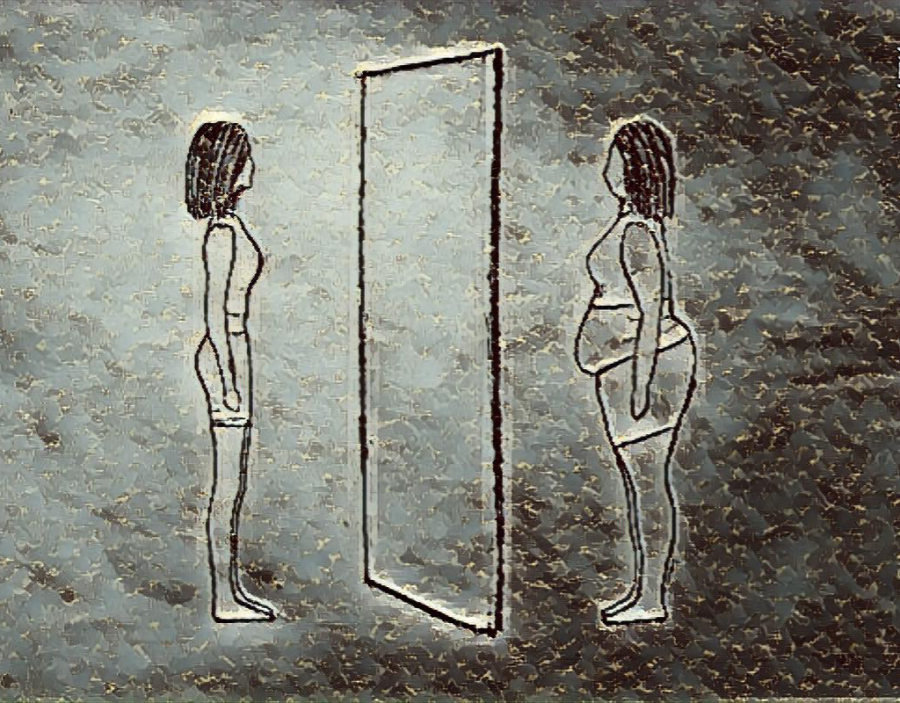How Social Media and Eating Disorders Affect Teens and Women
January 31, 2022
Have you ever questioned yourself about the internet? What we see, what we hear, is everything true? The internet can be helpful for us but sometimes it also can harm us without us even knowing. These days everyone has a smartphone, except a small percentage of the population. Everybody can easily use filters on their picture, if they’re not satisfied with that, they can use photoshop too. They can change their face shape, hair, height, cover their acne, dark spots, and birthmark. But on the internet we don’t see those sides. We really don’t know if some people really look like the way they look on the internet. Or they are just hidden under some light, some filter. On Instagram we often see models with flawless bodies and flawless skin. We really don’t know if they naturally look like that or if they just photoshop their bodies. But still we question ourselves how someone can be so perfect? Why am I not like them? Should I try to get a body shape like them?
When we try to be like them, we go on a really strict diet, eating as little as possible. Those factors push us toward anorexia nervosa. In simple terms it is an eating disorder which causes people to get obsessed about weight and what they eat. Ten percent of anorexia sufferers are likely to die of starvation. Women are more likely to have eating disorders than men. It’s not that just women suffer from it, men also suffer from it. In fact one boy out of every four children suffers from an eating disorder.
Low self-esteem, negative thinking, unhealthy obsession, and perfectionism are all caused by eating disorders. Anxiety, pessimism, and timidity, as well as a lack of interest in new challenges in life, are some psychological characteristics associated with people with eating disorders. Eating disorders also cause concern about a health cycle which reduces our heart rate and may lead to oxygen deprivation in the brain. It can also lead to skin breakouts, acne, hair loss, dark circles, ephemeral blurred vision, and puffiness under the eyes.
Anorexia is a life-threatening eating disorder that affects a large number of youngsters. The Polaris Teen Center collated following statistics on eating disorders. Anorexics go to great measures to keep their food intake under control. Or, much worse, they refuse to eat at all. Anorexia sufferers also have a distorted view of their bodies. Regardless of how thin they become, they still feel “fat.” Anorexia affects 4% of adolescents and teens aged 13 to 18. Ninety percent of anorexics are female teens. Photographs of models and celebrities in the media motivates 69 percent of females ages 10 to 18 to achieve their “ideal” body shape. By the age of 17, 89% of girls have diets. Anorexic young women are 12 times more likely to die than non-anorexic young women of the same age. Fifty percent of teenage girls and thirty percent of teenage boys engage in poor weight-control behaviors. Fifty percent of teenagers with an eating disorder also suffer from depression.
We don’t have to look like others. Everyone is perfect on their own, there is beauty in everything, it’s just not everybody sees it. If they don’t see it then let it be. If you want to change, then change for yourself, not for others. Because maybe there is someone who loves you the way you are. For me I live by Min Yoongi’s quote, “We are born to be real, not to be perfect.”
If you are suffering from an eating disorder you can contact this helpline.


